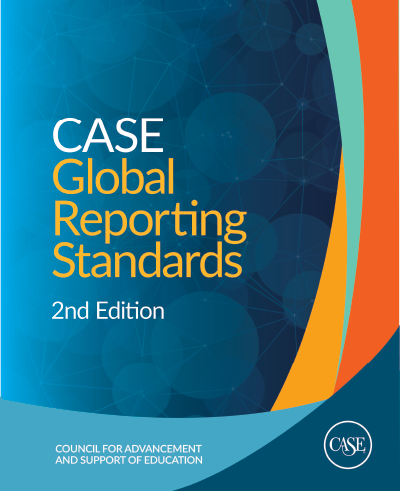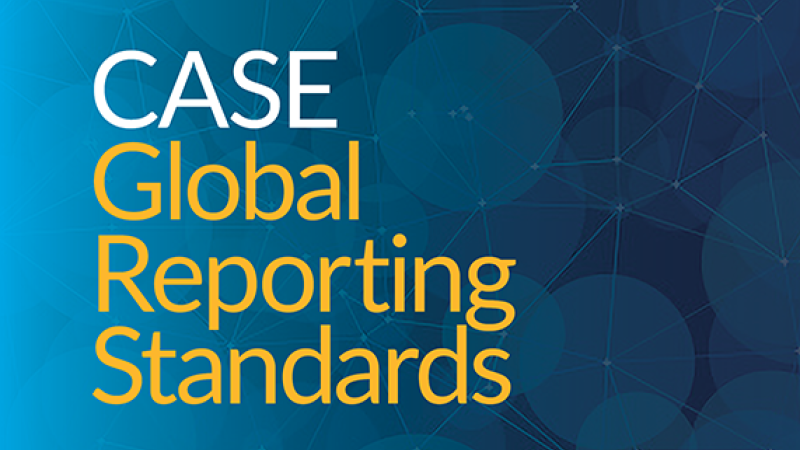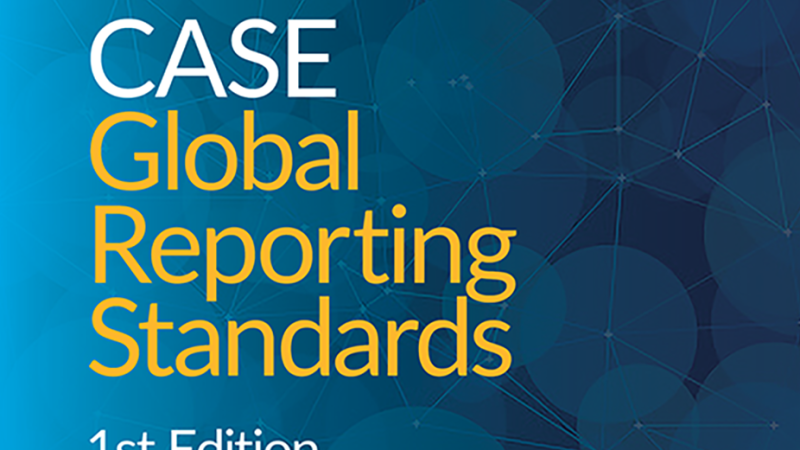Standards Spotlight: Understanding Funds Received and New Funds Committed

The terms “Funds Received” and “New Funds Committed” are key metrics in the CASE Global Reporting Standards for looking at fundraising performance within your institution. While these two metrics are mentioned together, they are not combined for a single total.
The big difference between the two is that New Funds Committed includes future commitments (in the form of pledges and/or bequests/legacy intentions) to the institution. Funds Received includes the payments on those pledges and any realized bequests or legacies.
In 2024, CASE released an update to the CASE Global Reporting Standards that now includes a specific definition for outright gifts. This is important to keep in mind because outright gifts are represented in both metrics. An outright gift is an irrevocable transfer of the gift to the institution in the current reporting year. Outright gifts can be made by any type of asset including cash, securities (stocks, bonds, and mutual funds), real estate, tangible personal property, and/or retirement plan assets. Gifts in kind are included in this category.
Funds Received
Funds Received is similar to the definition of Total Support in the CASE Insights on Voluntary Support of Education and Funds Secured from the CASE Insights on Philanthropy (U.K. and Ireland).
Funds Received are monies and property received within the reporting year from any individual or qualified organization. This includes outright gifts, payments received to fulfill pledges made in the current or previous years, irrevocable planned gifts received at face value, and realized bequests/legacies.
The definition and the counting related to Funds Received does not change as a part of the 2024 update to the CASE Global Reporting Standards.
Funds Received | New Funds Committed | |
| Definition | A measure of money in the bank. Funds Received are monies and property received within the reporting year. | A forward-looking measure of fundraising activity. New Funds Committed are new monies and property committed in the reporting year. |
| Examples |
|
|
New Funds Committed
New Funds Committed is a completely new metric in the CASE Voluntary Support of Education Survey. New Funds Committed corresponds closely to New Funds Secured as historically reported for the CASE Insights on Philanthropy (U.K. and Ireland), CASE Insights on Philanthropy (Canada) in partnership with the Canadian Council for the Advancement of Education, and CASE Insights on Philanthropy (Australia and New Zealand).
New Funds Committed are new monies and property committed in the reporting year from any individual or qualified organization. This includes new outright gifts, new documented pledges for up to five years, new irrevocable planned gifts received or committed, and new qualified and documented bequests/legacy intentions.
New Funds Committed reflects the impact of fundraising activity in the current year and up to five years into the future, capturing the value of new outright gifts, gifts of securities, gifts of real property, gifts in-kind, the value of new gift commitments and pledges for up to five years duration, new recurring gifts/direct debt orders at their duration (up to five years), and new irrevocable planned gifts. The measure excludes some philanthropic income received in the reporting year, notably payments on pledges and recurring gifts secured and reported in prior years.
The 2024 Update
Within New Funds Committed, for new pledge commitments lasting for a period of more than five years, the entire commitment can now be counted toward the New Funds Committed metric. If last year you split up a commitment to fit the five-year rule, the remaining years of the commitment can be counted.
This does not change how the pledge payments are counted (outlined in the chart below).
Pledge Type | Funds Received | New Funds Committed | Examples |
| Regular, recurring, or sustaining pledges without an end date | Payment received | Payment received | Direct debit, automatic regular bank transfers, monthly debit/credit card payments |
| Pledges with a schedule of multiple years | Payment received | Entire value of the documented commitment | Major gift with a multiyear payout schedule (including more than five years, which was the previous limitation) |
| Pledges limited to a single fiscal year | Payment received | Annual value of the documented commitment | Annual fund pledges |
About the author(s)
Cindy Moon-Barna is the Senior Director, CASE Library and Standards. She leads the team of three CASE Librarians in providing curated collections and personalized research services for members. For the past six years she has been the subject matter expert for the CASE Global Reporting Standards. She was project editor for the development of the new edition as well as being responsible for member questions. She has also spoken frequently on the CASE Reporting Standards and Management Guidelines at several CASE Conferences.
Prior to joining CASE in 2013, Cindy was the Knowledge Manager for the Association for Healthcare Philanthropy. In addition to responding to member questions, she was the editor of the annual AHP Report on Giving. She was also an editor on the 1st edition of the AHP Standards Manual. She also continues to serve as a member of the AHP Standards Council.
Tags
Article appears in:

July - August 2024
Creating a Global Network: Dutch alumni teams extend their international reach. Also, meaningful donor and fundraiser relationships, meeting the mission at public regional universities, and connecting the pieces on a community college brand refresh.

